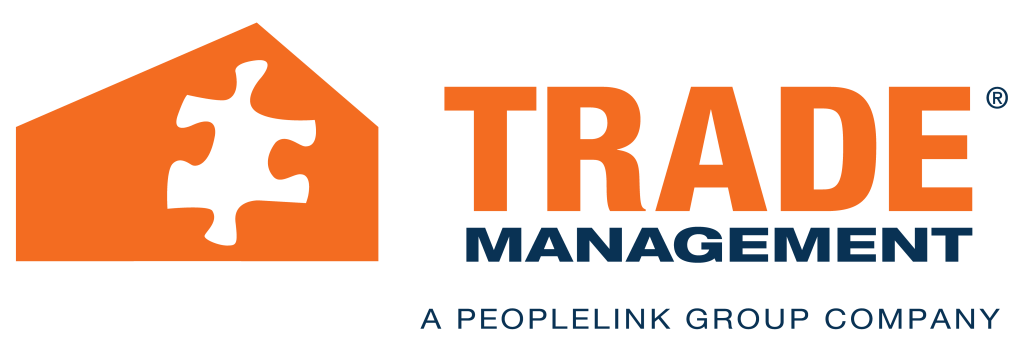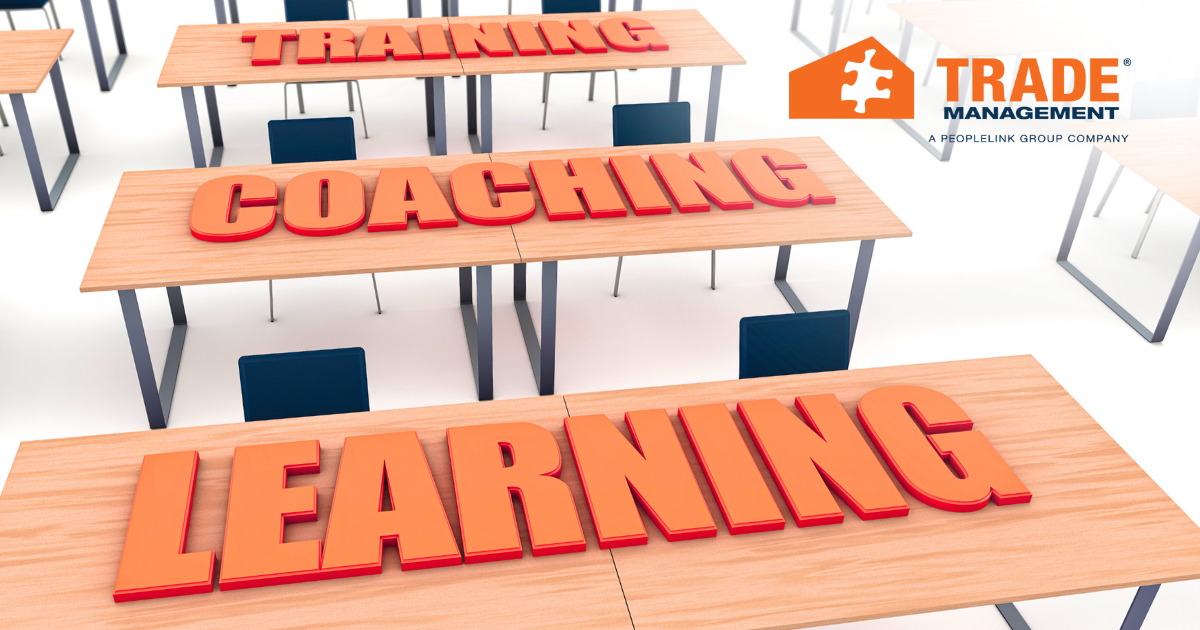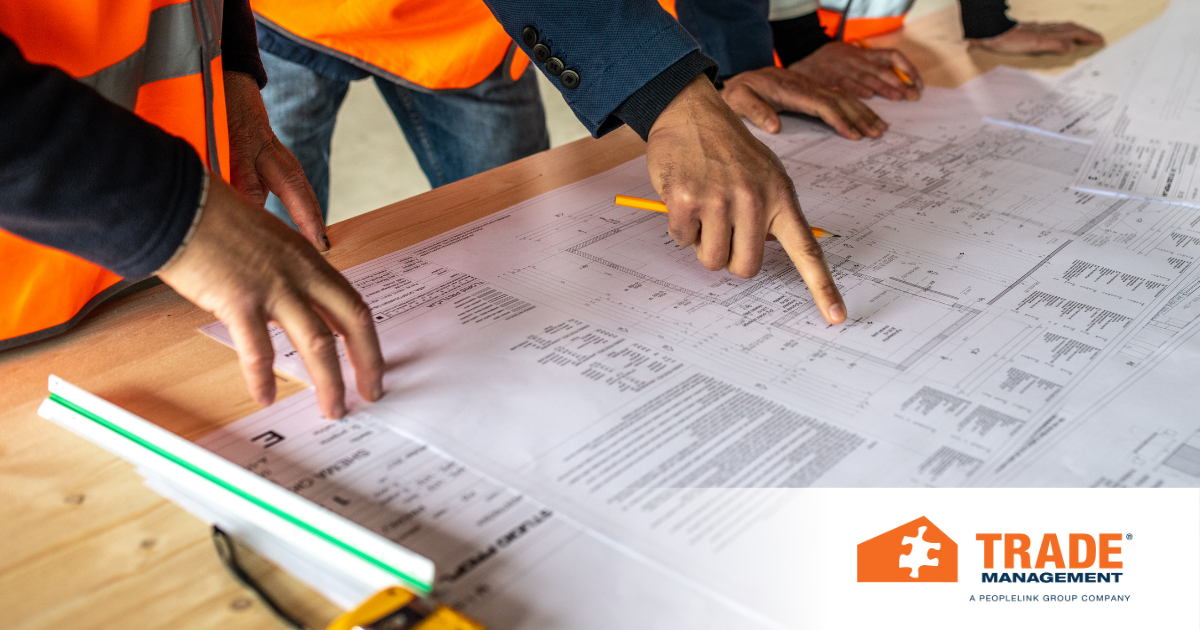In the competitive world of skilled trades staffing, a strong safety culture is not just a compliance checkbox. Developing a safety culture attracts top talent. In 2025, when trades professionals have options, they choose employers who genuinely protect them on the job. A safe work environment could mean the difference between life and death in the skilled trades. As an example, the U.S. construction sector consistently ranks among the riskiest industries. In 2022, construction and extraction workers experienced a fatal injury rate of 13.0 per 100,000 full-time workers. Falls, slips, and trips account for roughly 38 percent of construction deaths, making safety protocols essential. National Safety Stand-Down events highlight fall-prevention and hazard awareness, reinforcing that safety training matters but only when embedded in everyday culture.
Safety Culture Builds Talent Attraction and Retention
Research shows that companies with strong safety cultures experience reduced incidents, lower compensation costs, fewer lost workdays, and improved retention. A study by ASSE found that for every dollar invested in workplace safety, businesses can save between $4 to $6 in direct and indirect costs. Agencies that champion safety see less turnover and more productivity. Contractors with a strong safety culture report 81 percent fewer injuries, and 64 percent improved staff retention, while 76 percent say they can win more contracts.
Why Trades Professionals Choose Safety-Driven Employers
Today’s skilled trades workers are more selective than ever. 46% of skilled trades employees report that employers could do more to prevent workplace incidents. Meanwhile, a workplace where leadership visibly supports safety, reinforces protocols daily, and empowers workforces is no longer a luxury, but an expectation. OSHA highlights that safety culture thrives when management leads by example and employees actively participate. That engagement fosters trust, lowers absenteeism, and builds loyalty. In fact, jobsite cultures that prioritize safety can reduce turnover significantly, creating a compounding effect as knowledge and habits become ingrained in the company.
Developing and Maintaining Safety Culture
Creating a true safety culture requires consistent action, accountability, and buy-in at every level of the organization. Leadership must set clear expectations and model safe behavior every day. Discuss safety regularly in daily toolbox talks, team huddles, and performance check-ins. To embed safety into your company, integrate it into hiring, onboarding, and ongoing training. Empower workers to speak up without fear of retaliation and create clear channels for reporting hazards or near-misses. Recognize and reward safe practices to reinforce positive behavior. Importantly, involve employees in safety planning and problem-solving.
Investing in continuous improvement is also key. Use data to track incidents and trends and adapt your protocols accordingly. Consider third-party safety audits or partnering with staffing agencies that prioritize safety standards and compliance. Create a work environment where everyone goes home safe and proud at the end of the day.
The Strategic Advantage
Attracting and retaining top-tier trades professionals in 2025 requires more than good pay and benefits. Developing and maintaining a safety culture attracts top talent by signaling care for employees. A reputation built on real safety and real numbers makes your company stand out.
Do you need to balance the time spent on hiring and time spent on maintaining a safety-centered culture? Partner with Trade Management to reap the benefits of our safety-focused staffing service including:
- Required safety and health training for each of our employees.
- In-person safety assessments and worksite evaluations for each workplace to evaluate present hazards and controls in place to manage risk and comply with OSHA requirements.
- Comprehensive safety and health manual available to all workers.
- 30-hour construction safety and health trained management with membership in NCCER, ISNetworld, Avetta, and Veriforce.










